Lakes & Streams Still and flowing Freshwater

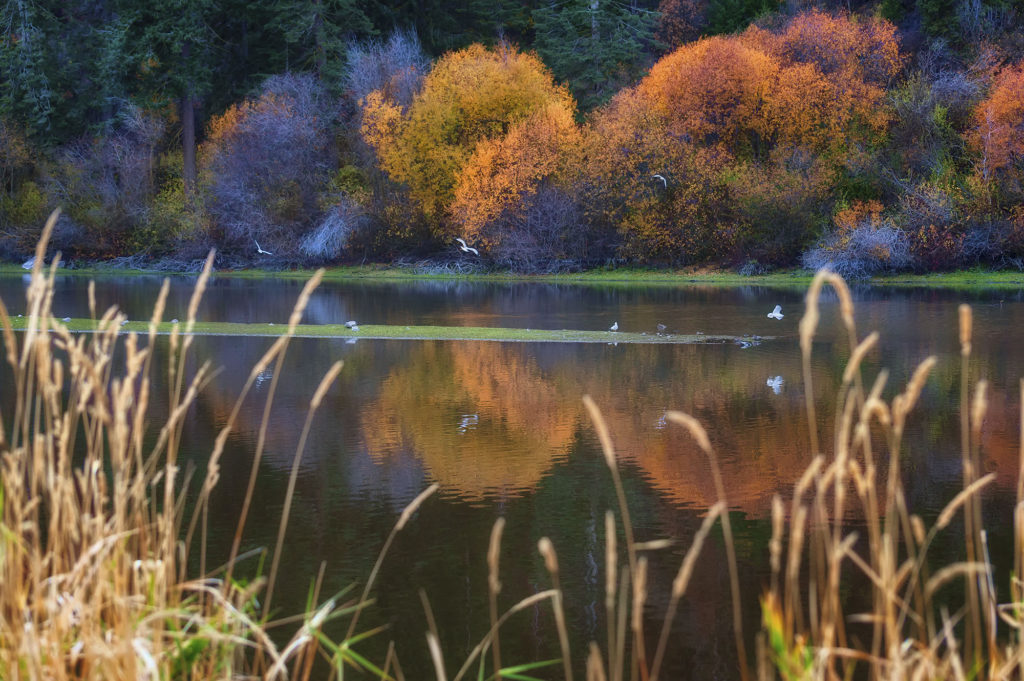
Lake & Stream Outcomes
-
Classify lakes based on productivity.
-
Explain the cascade hypothesis using a lake food web.
-
Link stream order to photosynthesis.
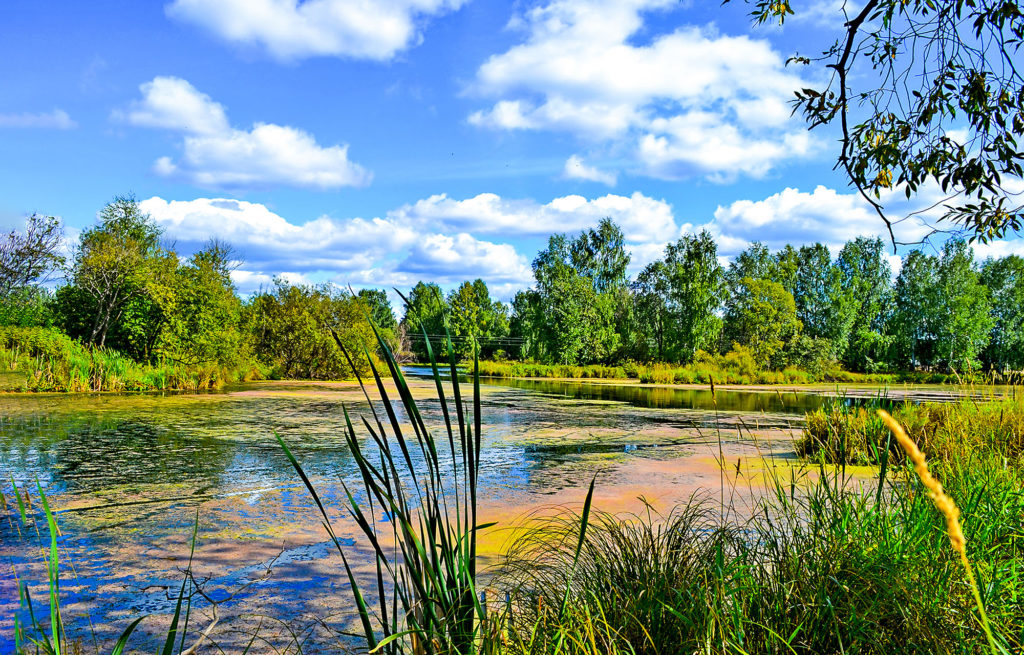
Lakes contain water that primarily stays within a basin. There can be water movement on the surface or some water entering and leaving, but the bulk of water is not moving from one point to another (like in a stream).
Lakes are classified based on productivity, or how much photosynthesis is occurring in the water.
Oligotrophic lakes have low levels of productivity, these are often clearer water.
Mesotrophic lakes have a middle level of productivity. enough photosynthesis to support a more complex food web.
Eutrophic lakes are high in productivity, so high they can be green in color.
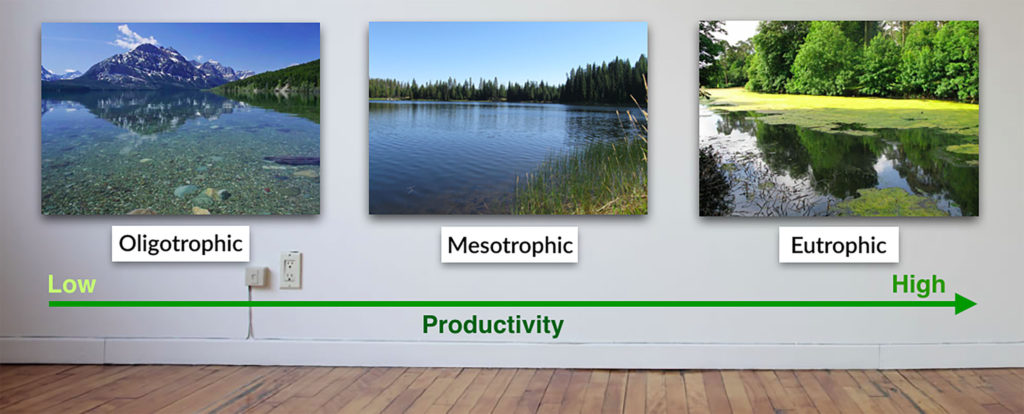
Crater Lake is an example of an oligotrophic lake, productivity is low and the water is clear over a meter below the water\’s surface.
Within ecosystems, an impact on one trophic (food) level can cascade (move) through other trophic levels. For example, if you add large fish to a lake, it can impact the amout of phytoplankton even if the large fish do not directly eat the phytoplankton. Looking at the simplified food chain, can you explain why?

Answer: an increase of large fish would decrease the small fish and insects they eat. Without those small fish and insects, the organisms they eat (smaller consumers) would increase. They eat phytoplankton, so an increase in the herbivores would decrease the amount of producers like algae.

Streams have flowing water moving from one point to another, typically downhill towards larger streams, and eventually the ocean.
Streams are based on their size using a numbering system. The smallest are stream order #1, barely a trickle of water.
If you look at the figure below, you may notice some unusual addition. It starts fine: when a stream order 1 combines with another stream order 1, it creates stream order 2. 1 + 1 = 2, yep that looks correct.
But, a stream order 2 does not change when a stream order 1 is added to it. If a stream order 2 combines with another stream order 2, it creates stream order 3. So 2 + 2 = 3. The reason is that it takes big increases in water (magnitude increases) to result in a significantly different stream. Two similar-sized streams have to come together to create the next order.
To see whether this makes sense, what has to be added to stream order 3 to make it stream order 4?

Adding a stream order 3 to another stream order 3 would result in stream order 4. 3 + 3 = 4
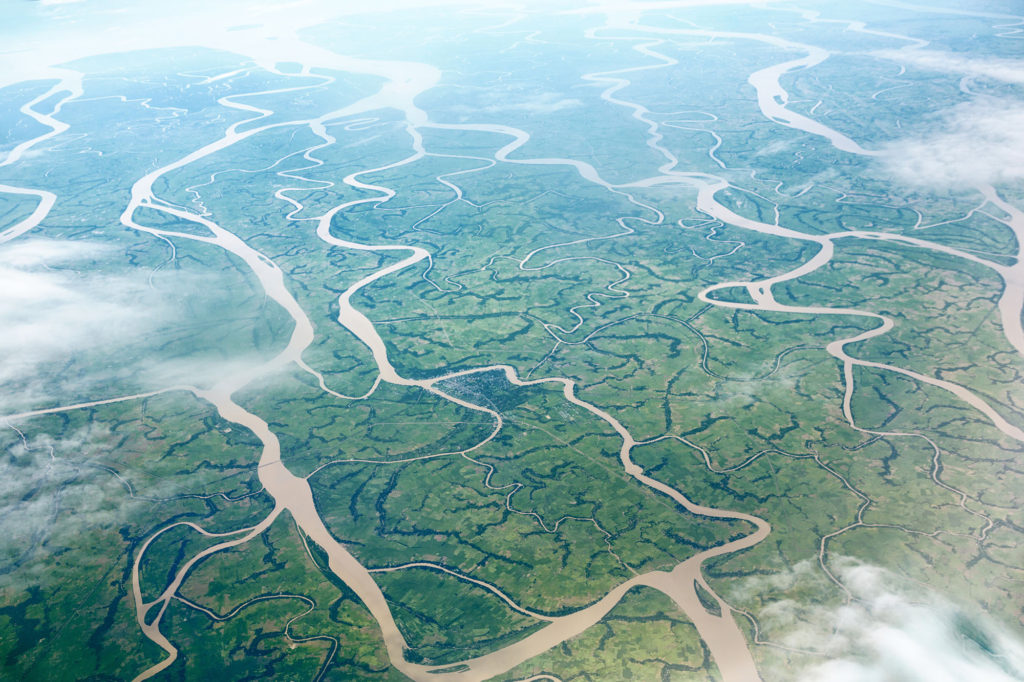
Stream order has an impact on how much photosynthesis occurs within the stream.
Smaller streams are heavily impacted by the riparian zone, the terrestrial area bordering a stream.
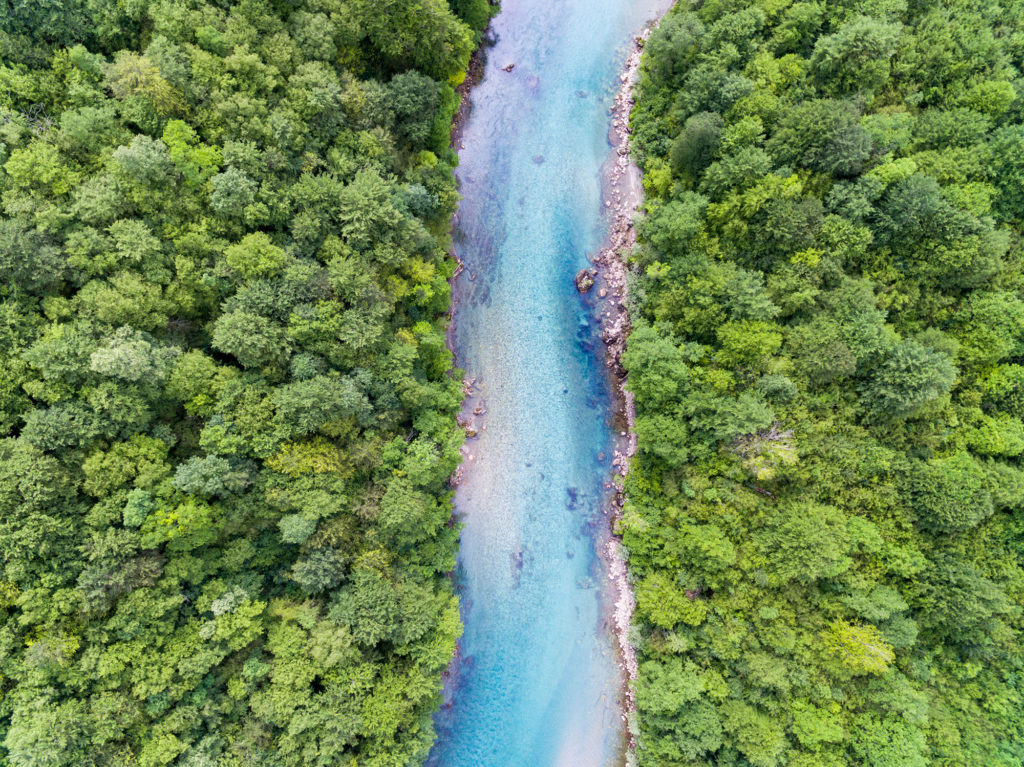
The smallest streams (orders 1, 2, 3) are shaded so photosynthesis within the stream is low. There are organisms in the water that eat detritus like branches and leaves, so respiration is high.
In middle-order streams (orders 4, 5, 6), light reaches the bottom and photosynthesis is high.

In large streams (orders 7, 8, 9 +), the water is deep and clouded with sediment washing in from upstream. Photosynthesis is low, although there are still many organisms respiring, living off food coming from the productive upstream orders.

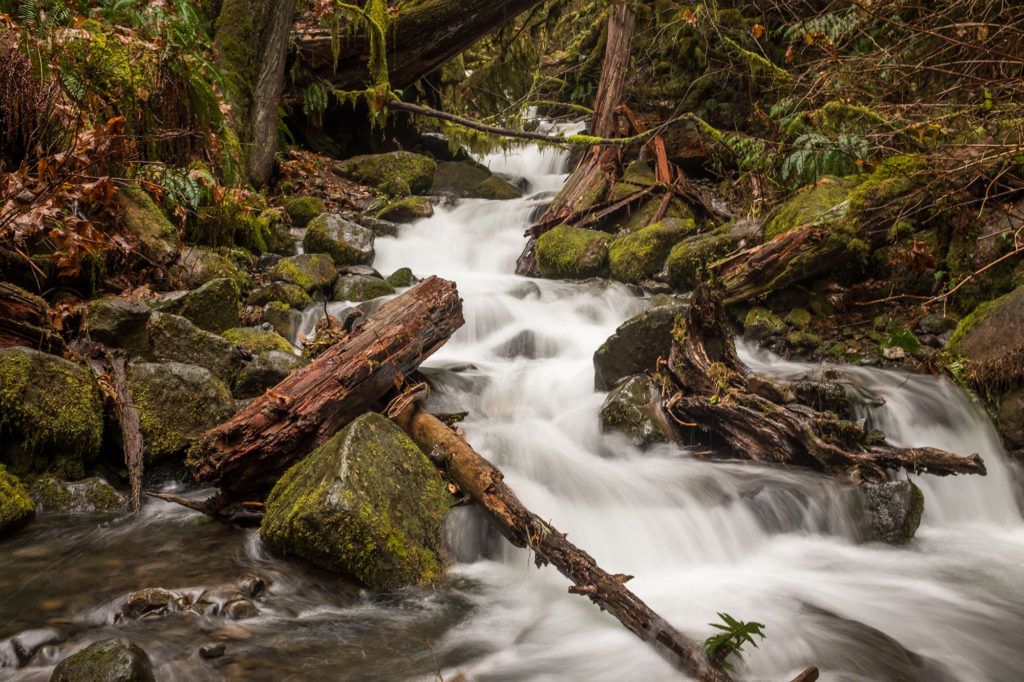
Check your knowledge. Can you:
-
classify lakes based on productivity?
-
explain the cascade hypothesis using a lake food web?
-
link stream order to photosynthesis?